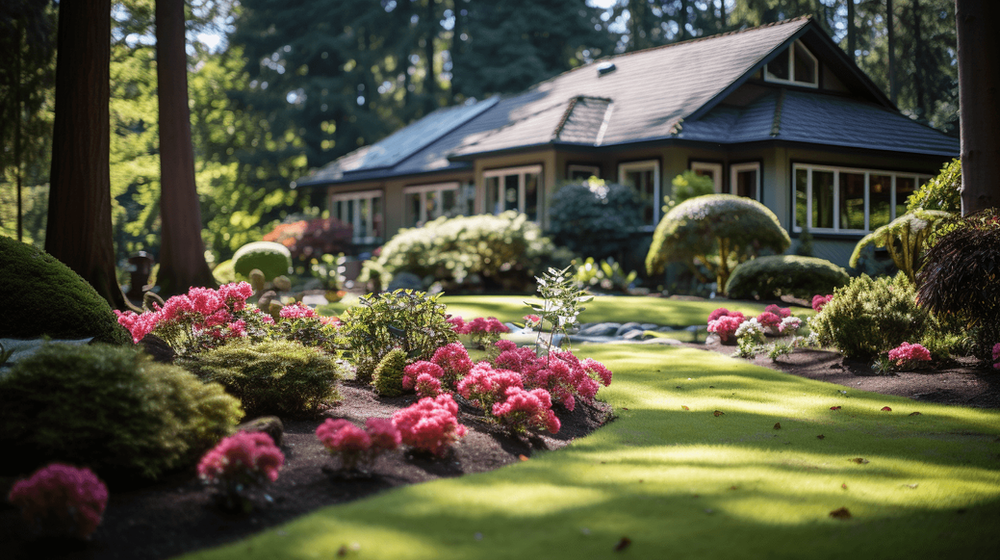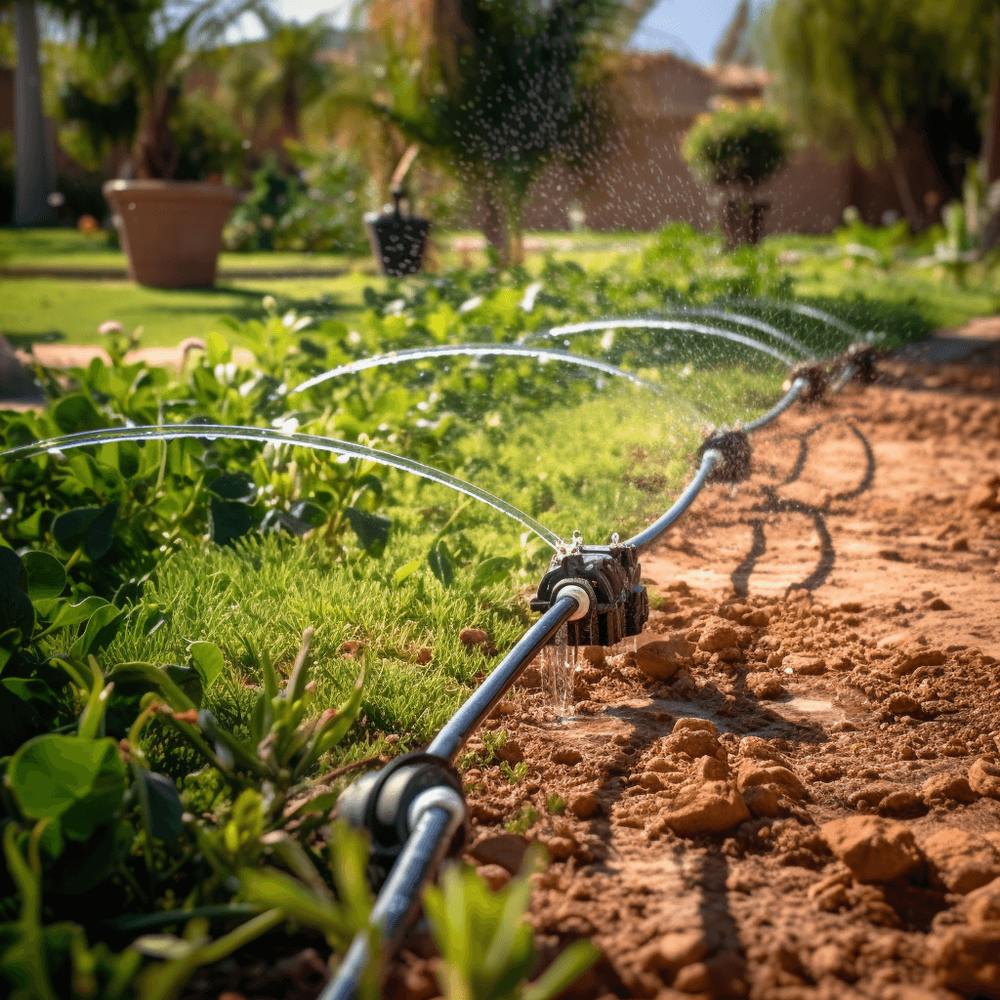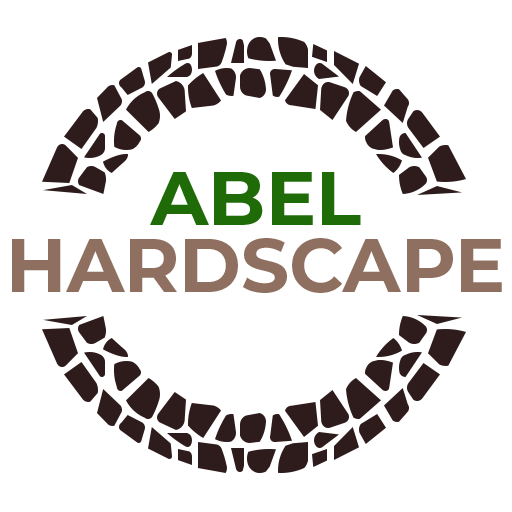
Let’s face it, keeping a lush, green yard in Arizona can be challenging without the right irrigation system. The fact is, installing one comes at a price with an average cost of $3,150 depending on various factors.
n
This informative blog uncovers all you need to know about the expenses involved in setting up an irrigation system from sprinkler types and zoning costs to labor fees and possible add-ons. Ready for a deep dive into understanding all that entails investing in an efficient sprinkler system? Read on!
Key Takeaways
- n
- The average cost of installing an irrigation system in Arizona is around $3,150, depending on various factors such as the number of sprinkler heads and location.
- Factors like permits, soil quality, and land slope can impact the overall cost of installation. Obtaining permits is important to comply with local regulations and ensure safety standards are met.
- Special upgrades like rain sensors, smart controllers, and drip irrigation systems can enhance the performance and efficiency of your sprinkler system but may require additional upfront costs.
- Sprinkler systems offer convenience by automatically watering your lawn and plants while promoting optimal growth. However, they can be expensive to install initially and require ongoing maintenance. Considering DIY installation versus hiring a professional is crucial when making this investment decision.
n
n
n
n
Factors That Determine Sprinkler System Installation Costs
The number of sprinkler heads, location, permits, soil quality, and land slope all play a role in determining the cost of installing an irrigation system.
Number of Sprinkler Heads
The number of sprinkler heads is a potent factor in understanding the average cost of installing an irrigation system. It’s like this: more sprinkler heads mean a higher installation cost. Here’s why – each sprinkler head incurs its own purchase, installation, and maintenance expenses.
n
Let’s say you’ve got an expansive Arizona property; your lawn might call for extra heads to adequately provide hydration to all parts. The national average cost for a lawn sprinkler system teeters around $2,500—but don’t be surprised if a larger yard with additional heads causes that figure to climb rather quickly! Be sure to keep these numbers handy when budgeting for your home landscape project.
Location
Living in Arizona provides unique challenges when it comes to landscaping and irrigation systems. With the intense heat and arid climate, it’s crucial to have a well-designed sprinkler system that can effectively water your plants and keep your lawn lush and green.
n
The location of your property plays an important role in determining the cost of installing an irrigation system. Factors such as accessibility, soil conditions, and existing landscaping features can affect the installation process and ultimately impact the overall cost.
n
Additionally, local permits may be required for installing an irrigation system in certain areas, so it’s essential to factor in any associated fees or requirements when budgeting for your project.
Permits
Before installing an irrigation system, it’s important to consider the permits required. In Arizona, obtaining a permit for your sprinkler system is crucial to ensure compliance with local regulations and standards.
n
The cost of permits can vary depending on the city or county you reside in but typically ranges from $50 to $500. It’s essential to factor this into your budget when estimating the overall cost of installing an irrigation system.
n
Obtaining permits not only keeps you in good standing with the law but also ensures that your system meets safety requirements and operates efficiently.
Soil Quality and Land Slope
The quality of the soil and the slope of your land are essential factors that affect the cost of installing an irrigation system. In Arizona, where desert landscapes are common, the type of soil can vary significantly, from sandy to clayey or rocky.
n
Soil that is difficult to penetrate may require more extensive labor and equipment for installation, potentially increasing costs. Additionally, if your land has a steep slope, it could add complexity to the installation process.
n
The need for additional leveling or terracing may be necessary to ensure proper water distribution. Considering these factors when planning your irrigation system will help you make informed decisions about the overall cost and design.
Rotating vs. Stationary
When it comes to choosing between rotating and stationary sprinkler heads for your irrigation system, there are a few key factors to consider. Rotating sprinkler heads provide gentle, even coverage, making them ideal for lawns, flower beds, and delicate plants.
n
On the other hand, stationary sprinkler heads deliver a more concentrated stream of water and are better suited for larger areas or landscapes with specific watering needs. While rotating heads are generally more expensive upfront and require additional maintenance over time, they offer greater flexibility in terms of coverage area and customization options.
n
Stationary heads, on the other hand, tend to be more cost-effective initially and require less ongoing maintenance. By understanding the pros and cons of both types of sprinkler heads, you can make an informed decision that best suits your landscape’s unique requirements while staying within budget.
n

Sprinkler System Cost Breakdown
Sprinkler system cost can be broken down into several factors, including the cost per zone, additional expenses and add-ons, special upgrades, and landscape design considerations.
Cost per Zone
The cost per zone is an important factor to consider when installing a sprinkler system. On average, each zone can range from $500 to $1,000, depending on the size and complexity of your yard.
n
This includes the materials needed for installation, such as pipes, valves, and sprinkler heads. It’s essential to plan carefully and determine how many zones you’ll need based on the size and layout of your landscaping.
n
Keep in mind that additional factors like soil quality and land slope may also impact the overall cost per zone. By understanding these costs upfront, you can better budget for your irrigation system installation project.
Additional Costs and Add-Ons
In addition to the basic cost of installing a sprinkler system, there are several additional costs and add-ons you may want to consider. These can include items such as rain sensors, which automatically shut off your system when it rains, saving water and money on your utility bill.
n
Another option is a smart controller, which uses weather data to adjust watering schedules accordingly. If you have a larger yard or complex landscape design, you might need zone expansion kits or additional wiring for proper coverage.
n
And don’t forget about maintenance costs – regular inspections, repairs, and winterization ,services will help keep your irrigation system running smoothly for years to come.
Special Upgrades
If you’re looking to take your sprinkler system installation to the next level, special upgrades can enhance the efficiency and convenience of your irrigation system. Consider adding features like rain sensors, which automatically shut off your sprinklers when it’s raining to help conserve water and save you money on utility bills.
n
Smart controllers are another popular upgrade that allows you to control your irrigation system remotely through a mobile app, optimizing watering schedules based on weather forecasts. Drip irrigation systems are also worth considering for water-conscious homeowners, as they deliver water directly to plant roots while minimizing evaporation.
n
These special upgrades will not only improve the performance of your sprinkler system but also elevate the overall landscaping experience for Arizona homeowners.
Landscape Design
Landscape design plays a crucial role in the overall cost of installing an irrigation system. The layout and features of your yard will determine the number of sprinkler heads needed, as well as any additional equipment required for efficient water distribution.
n
A well-designed landscape can optimize water usage and save you money in the long run. Consider factors like plant types, sun exposure, and terrain slope when planning your irrigation system to ensure proper watering coverage throughout your Arizona property.
n
With expert guidance from a skilled landscaping company, you can create a beautiful outdoor space that is both functional and cost-effective.
nn

Pros and Cons of Sprinkler Systems
Sprinkler systems offer convenience and save time, ensuring your lawn stays hydrated. However, they can be expensive to install and maintain. Discover the pros and cons of sprinkler systems to make an informed decision for your landscaping needs.
Pros
Sprinkler systems offer numerous benefits for homeowners in Arizona. Firstly, they provide convenience by automatically watering your lawn and plants, saving you time and effort. With a properly installed sprinkler system, you can easily maintain a healthy and vibrant landscape without the hassle of manually watering.
n
Secondly, sprinklers ensure that your plants receive the right amount of water at the right time, promoting optimal growth and reducing the risk of under or overwatering. This not only improves the overall health and appearance of your garden but also helps conserve water by avoiding wastage.
n
Lastly, having an ,irrigation system increases your property value as it demonstrates a commitment to maintaining beautiful landscaping. So if you’re looking to enhance your yard’s appeal while enjoying efficient watering solutions year-round, investing in a sprinkler system is definitely worth considering.
Cons
While there are many benefits to having a sprinkler system installed in your Arizona home, it’s important to consider the potential drawbacks as well. One of the main cons is the initial cost involved.
n
The average price for installing a sprinkler system ranges from $2,400 to $4,200, which can be quite an investment for some homeowners. Additionally, ongoing maintenance and repairs may also add up over time.
n
Another disadvantage is that sprinkler systems require regular monitoring and adjustments to ensure they are properly watering your landscape without wasting water or creating uneven coverage.
n

DIY Sprinkler System Installation vs. Hiring a Professional
When it comes to installing a sprinkler system, you may be wondering if you should tackle the job yourself or hire a professional. Discover the benefits and drawbacks of both options and make an informed decision that suits your needs and skills.
Benefits and drawbacks of DIY installation
One option to consider when installing an ,irrigation system is doing it yourself. DIY installation can save you money upfront, as you won’t have to pay for professional labor. Additionally, it gives you the freedom to customize your system exactly how you want it.
n
However, keep in mind that installing a sprinkler system requires technical knowledge and expertise. Without the proper skills, you may encounter challenges during the installation process and end up with an inefficient or faulty system.
n
Moreover, by choosing to install it yourself, you may not benefit from professional advice on the best design options or efficient water usage techniques. So while DIY installation may be a cost-saving option for some homeowners, it’s crucial to weigh these benefits against potential drawbacks and make an informed decision based on your specific needs and capabilities.
Benefits and drawbacks of hiring a professional installer
Hiring a professional installer for your irrigation system has its fair share of benefits and drawbacks. On the positive side, professionals bring expertise and experience to the table, ensuring that your system is installed correctly and efficiently.
n
They have in-depth knowledge of local regulations and requirements, saving you time and potential headaches with permits. Additionally, professionals can help with landscape design, ensuring that your irrigation system integrates seamlessly with your overall landscaping vision.
n
However, it’s important to consider the cost factor: hiring a professional installer can be more expensive than taking on the project yourself. That being said, their expertise may save you money in the long run by avoiding costly mistakes or repairs down the line.
Conclusion
In conclusion, understanding the average cost of installing an irrigation system is essential for homeowners looking to upgrade their landscaping. By considering factors such as the number of sprinkler heads, location, permits, and soil quality, homeowners can estimate costs more accurately.
n
Whether opting for DIY installation or hiring a professional, it’s important to weigh the benefits and drawbacks of each approach. With this knowledge in hand, homeowners can make informed decisions about their sprinkler system installation that align with their budget and needs.
nn

